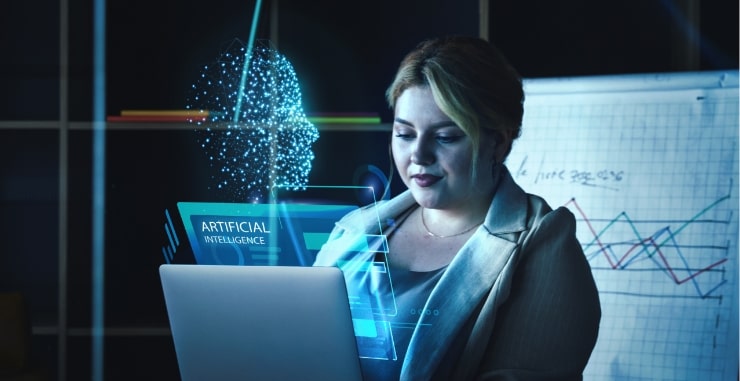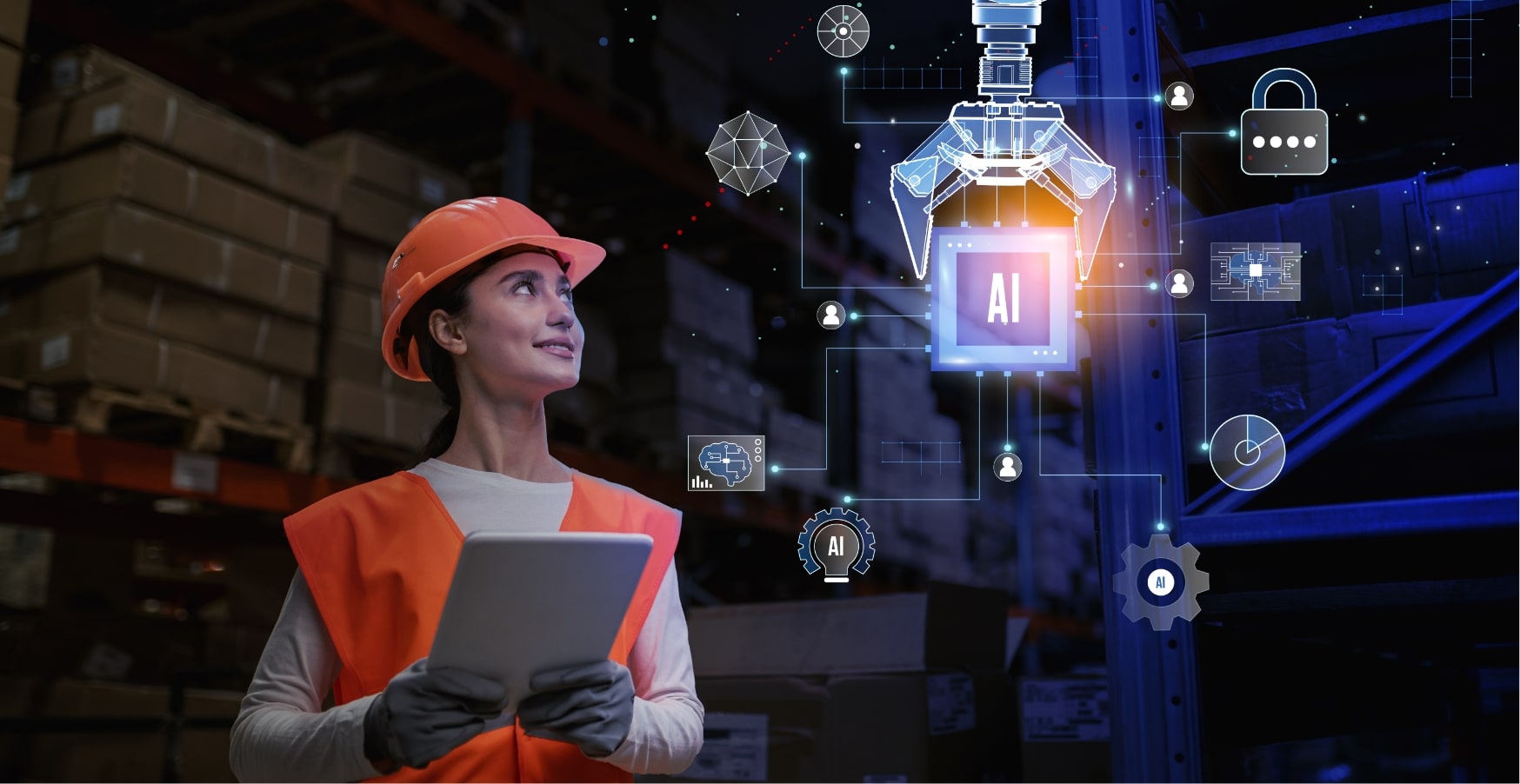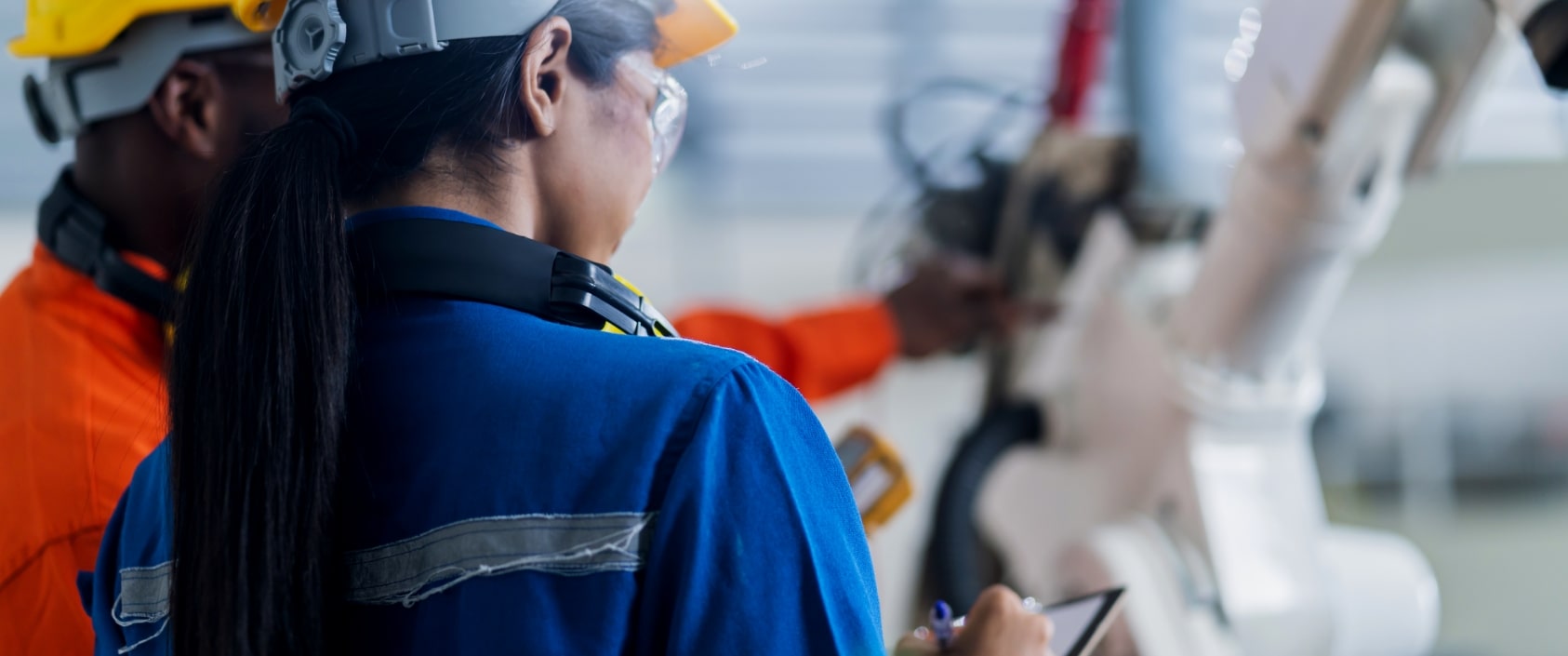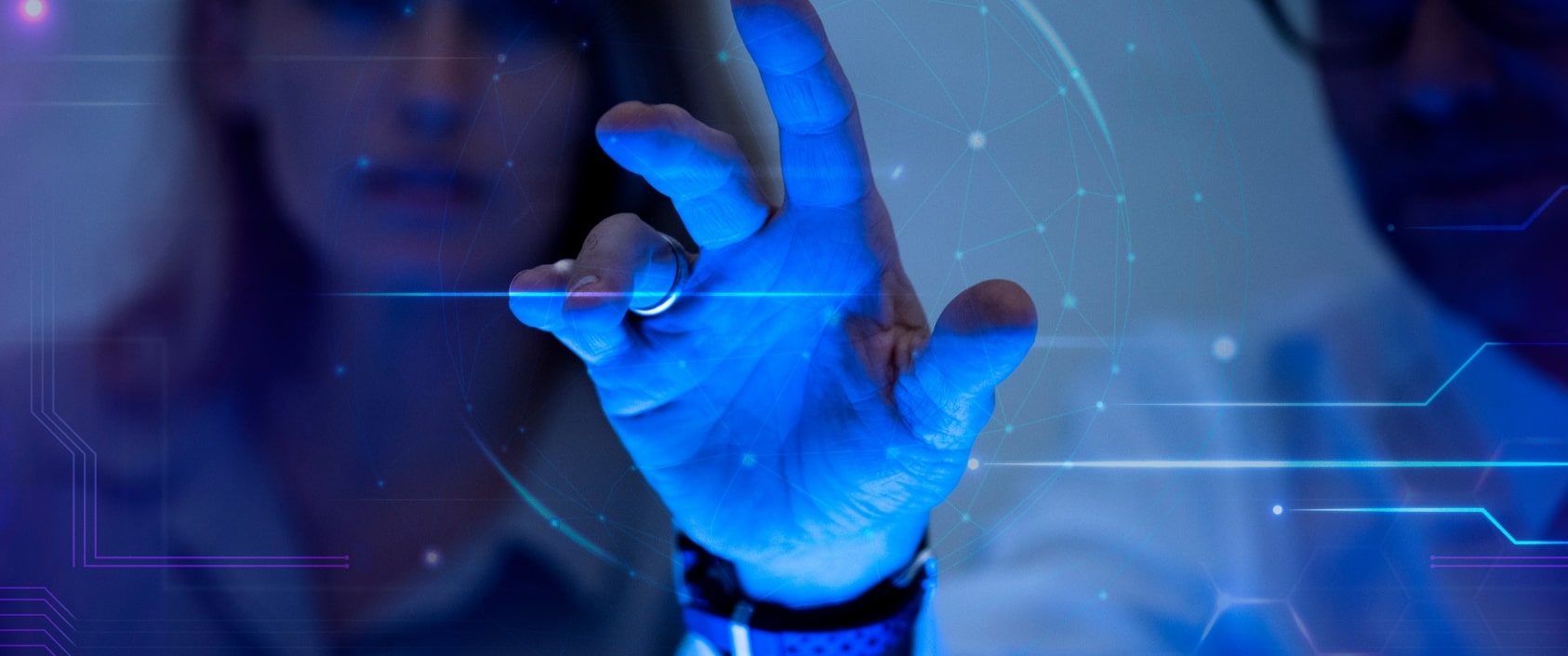
 In the rapidly evolving business landscape, advanced visual recognition solutions are becoming more significant.
In the rapidly evolving business landscape, advanced visual recognition solutions are becoming more significant.
These solutions use artificial intelligence to interpret and analyze visual data, offering applications across various industries.
By efficiently processing vast amounts of data, these technologies give actionable insights, improving business operations and decision-making processes.
For a deeper understanding of our approach at Flexible Vision, visit our website.
Visual recognition technology is revolutionizing many industries, offering applications from quality control in manufacturing to enhancing customer experiences in retail.
In e-commerce, visual recognition technology is transforming the online shopping experience.
It enables accurate product recognition and personalized recommendation systems, improving customer engagement.
In logistics, it streamlines data collection processes for efficient product shipping and inventory management.
As a result, businesses are seeing higher operational efficiency and customer satisfaction.
In manufacturing, visual recognition helps maintain high-quality standards.
The technology excels in defect detection, quality assurance, and process optimization – all to ensure product excellence.
By analyzing visual data, it identifies areas for improvement, reducing waste, and boosting overall efficiency.
Visual recognition is also a key player in enhancing security systems.
It is used for facial recognition in access control, intelligent video surveillance for threat detection, and object detection for anomaly recognition.
This technology ensures a higher level of security in various environments, from corporate settings to public spaces, by providing real-time threat analysis.

We want you to stay ahead in the business world. Implementing visual recognition solutions offers benefits that can better your company’s performance and return on investment (ROI).
One of the most exciting advantages of visual recognition technology is its ability to streamline operations.
By automating repetitive and time-consuming tasks, businesses reduce manual labor, freeing up resources for more strategic tasks.
This efficiency isn’t just about saving time; it’s about enhancing the accuracy and reliability of processes.
In retail and manufacturing sectors, visual recognition can accurately manage inventory and detect product defects, leading to improved operational efficiency (Uzunova, 2023).
Visual recognition technologies provide a wealth of data that are used for better decision-making.
With this data analysis, businesses gain insights that were previously unattainable. These insights guide strategies, optimize operations, and drive innovation.
In industries such as healthcare and energy, visual recognition aids in diagnostic accuracy and optimizes solar panel efficiency, respectively, showcasing its broad applicability and impact on decision-making processes.
Implementing advanced visual recognition solutions can improve customer experiences, giving your business an edge.
In retail, visual recognition can personalize shopping experiences, resulting in higher customer satisfaction and loyalty.
The technology’s ability to provide unique services and products that meet customer needs more precisely is a game-changer in today’s market.
Flexible Vision offers an end-to-end factory solution for all your machine vision needs. Find out how it works.
 Choosing the right visual recognition technology is crucial for maximizing its benefits. Let’s explore how to make the best choice for your business.
Choosing the right visual recognition technology is crucial for maximizing its benefits. Let’s explore how to make the best choice for your business.
The first step is to understand your business needs and objectives.
Whether it’s improving security, enhancing customer experiences, or optimizing manufacturing processes, the right visual recognition solution should align with your requirements.
By clearly defining your use case, the technology you choose will deliver the best results.
Here at Flexible Vision, we specialize in cutting-edge technological solutions for factory-based businesses.
When evaluating visual recognition solutions, consider features like accuracy, scalability, and integration capabilities.
Accuracy is critical for ensuring reliable results, while scalability is important for accommodating growth and changing needs.
Additionally, the ability to integrate the solution seamlessly into your existing infrastructure is required for a smooth implementation.
Finally, consider the financial implications of implementing a visual recognition solution. This includes the upfront costs and ongoing expenses.
Choose a solution that offers scalability and can grow with your business, giving you a good return on your investment over time.
At Flexible Vision, we offer hardware solutions and vision systems designed to meet the diverse needs of businesses.
 Integrating AI visual recognition technology into your business operations can be transformative. We’ll break down this process into manageable steps.
Integrating AI visual recognition technology into your business operations can be transformative. We’ll break down this process into manageable steps.
The first step involves evaluating your existing IT infrastructure and data resources.
Your current systems must be compatible with the visual recognition solution you plan to implement. This compatibility will ensure a seamless integration process.
Collecting and preparing the right data is the next step.
You need a comprehensive dataset, including image and video datasets, that accurately represents the visual scenarios your AI system will encounter.
Preprocessing this data to adjust factors like brightness and contrast will improve the effectiveness of your visual recognition models.
Training your visual recognition models to align with your specific business requirements is a vital phase.
This involves choosing appropriate AI models and frameworks based on factors like the type of images to be processed, desired accuracy, and processing speed.
You’ll also need to consider the computational resources required for these models, as some may need bigger computational power.
Integrating the visual recognition solution into your existing systems, such as APIs, databases, and workflow processes, requires technical expertise.
This step ensures that the new technology works harmoniously with your current operational systems.
Before full deployment, conducting rigorous testing and quality assurance procedures will ensure the reliability and accuracy of your visual recognition system. This helps identify any issues.
Learn how AI vision systems can be used across multiple industries.
 Visual recognition technology improves employee experiences too.
Visual recognition technology improves employee experiences too.
By automating routine tasks, employees can focus on more engaging and value-added activities. This shift leads to higher job satisfaction and productivity.
For example, in retail settings, visual recognition can simplify inventory management, reducing the manual workload for employees.
In manufacturing, it aids in quality control processes, allowing staff to focus on more critical aspects of production.
The technology also offers personalization opportunities.
In workplaces with enhanced security measures, facial recognition systems can streamline access control, making it easier and more secure for employees to navigate their work environment.
The integration of visual recognition technology in security systems reduces the risk of cyber incidents and data breaches, which can lead to huge financial losses and reputational damage (Juklo, 2023).
Poor visibility in cybersecurity and compliance will result in more successful cyber-attacks, data breaches, and non-compliance with regulations, resulting in legal penalties.
In the banking sector, high-resolution cameras in smartphones and smartwatches have posed new challenges for protecting sensitive data against visual hacking.
This type of hacking involves capturing private information through visual means, like taking pictures of sensitive data displayed on a screen.
Financial institutions need to address this by implementing visual privacy policies and training employees to protect sensitive customer information (Burks, 2017).
When implementing AI visual recognition solutions, it’s vital to monitor specific metrics and KPIs to gauge their effectiveness.
These KPIs should reflect the objectives of the visual recognition implementation.
Some essential metrics include:
As we look towards the future, visual recognition technology presents new possibilities and is shaping the future of many industries.
The future of visual recognition is heavily influenced by advancements in deep learning, particularly through convolutional neural networks (CNNs) and recurrent neural networks (RNNs).
Researchers are exploring ways to make computer vision models more brain-like, a more accurate mimicry of human vision.
By integrating neural data from vision-processing neurons, these models can perform tasks similar to how human brains process visual information (Michalowski, 2023).
The integration of visual recognition technology with edge computing and the Internet of Things (IoT) is opening up exciting new possibilities.
This combination enables real-time analysis and decision-making directly at the source of data collection, essential in applications like autonomous vehicles, healthcare monitoring, and smart cities.
The future development of visual recognition technology is not just defined by technical advancements but also by evolving ethical and regulatory considerations.
Issues such as privacy, bias, and the responsible use of AI are currently hot topics.
Ensuring that AI visual recognition systems are used in a way that respects individual privacy and minimizes biases is critical.
Moreover, the world of visual recognition is on the brink of transformative changes, driven by advancements in AI, deep learning, and the integration with edge computing and IoT.
These technologies offer huge potential for businesses across many sectors, enhancing operational efficiency, customer experiences, and decision-making processes.
However, navigating this field requires awareness of both the technological capabilities and the ethical and regulatory landscapes.
Ready to explore how visual recognition can take your business to the next level? Discover more about our solutions or contact us today.
Visual recognition technology is a field of artificial intelligence that focuses on enabling computers to interpret and analyze visual data from the surrounding environment. This includes recognizing objects, faces, scenes, and activities in images and videos.
Visual recognition technology works by using algorithms, typically convolutional neural networks (CNNs), to process and analyze visual data. These algorithms identify patterns, features, and objects in images and videos by breaking down the visual input into smaller elements and analyzing these elements to understand the content and context of the visual data.
Visual recognition technology has many applications, including autonomous vehicles (for navigation and object detection), retail (for inventory management and personalized advertising), healthcare (for medical imaging analysis and disease diagnosis), security and surveillance (for facial recognition and behavior analysis), and augmented reality experiences.